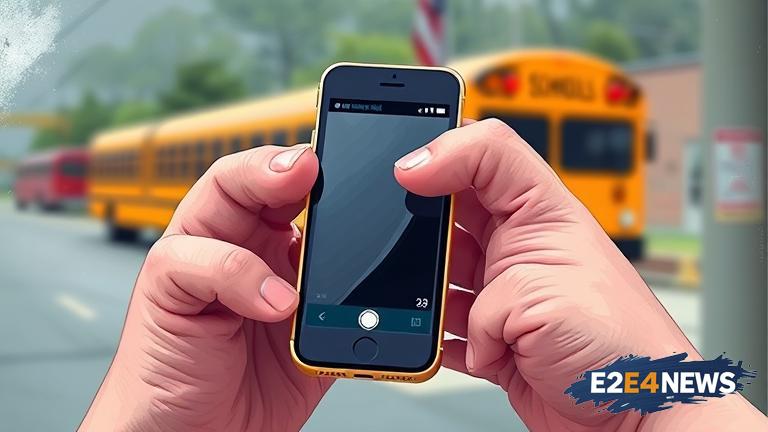Rutherford County Schools have recently implemented a new policy that prohibits students from using their phones during school hours, with the exception of lunch and between-class transitions. The decision has been met with a mix of reactions from students, parents, and educators. Proponents of the policy argue that it will help to reduce distractions, improve focus, and increase productivity in the classroom. On the other hand, opponents claim that the policy is too restrictive and may hinder students’ ability to access important information or communicate with parents in case of emergencies. The policy was introduced in response to growing concerns about the impact of phone use on students’ mental health, social skills, and academic performance. According to school officials, the policy aims to promote a healthier and more balanced approach to technology use among students. The policy also includes provisions for students who may need to use their phones for medical or other legitimate reasons. Teachers and staff will be responsible for enforcing the policy, and students who violate the rules may face disciplinary actions. The decision has sparked a wider debate about the role of technology in education and the need for schools to find a balance between allowing students to use technology as a learning tool and minimizing its potential distractions. Some educators argue that phones can be a valuable resource for learning, while others believe that they can be a significant obstacle to academic success. The policy has also raised questions about the potential impact on students’ social skills and their ability to interact with their peers. Additionally, some parents have expressed concerns about the potential consequences of the policy, including the possibility of students being unable to contact them in case of emergencies. Despite these concerns, school officials remain committed to the policy, citing the need to create a more focused and productive learning environment. The policy is part of a broader effort to promote digital citizenship and responsible technology use among students. As the policy continues to be implemented, it is likely that there will be ongoing debate and discussion about its effectiveness and potential consequences. The Rutherford County Schools’ decision to restrict phone use during school hours is a significant development in the ongoing conversation about the role of technology in education. It remains to be seen how the policy will be received by students, parents, and educators in the long term, but it is clear that it has already sparked a significant and important debate. The policy is a reminder that schools must continually adapt and evolve to meet the changing needs of students and society, and that finding a balance between technology use and academic focus is an ongoing challenge. In conclusion, the Rutherford County Schools’ new phone policy is a complex and multifaceted issue that reflects the broader challenges and opportunities of technology use in education.
